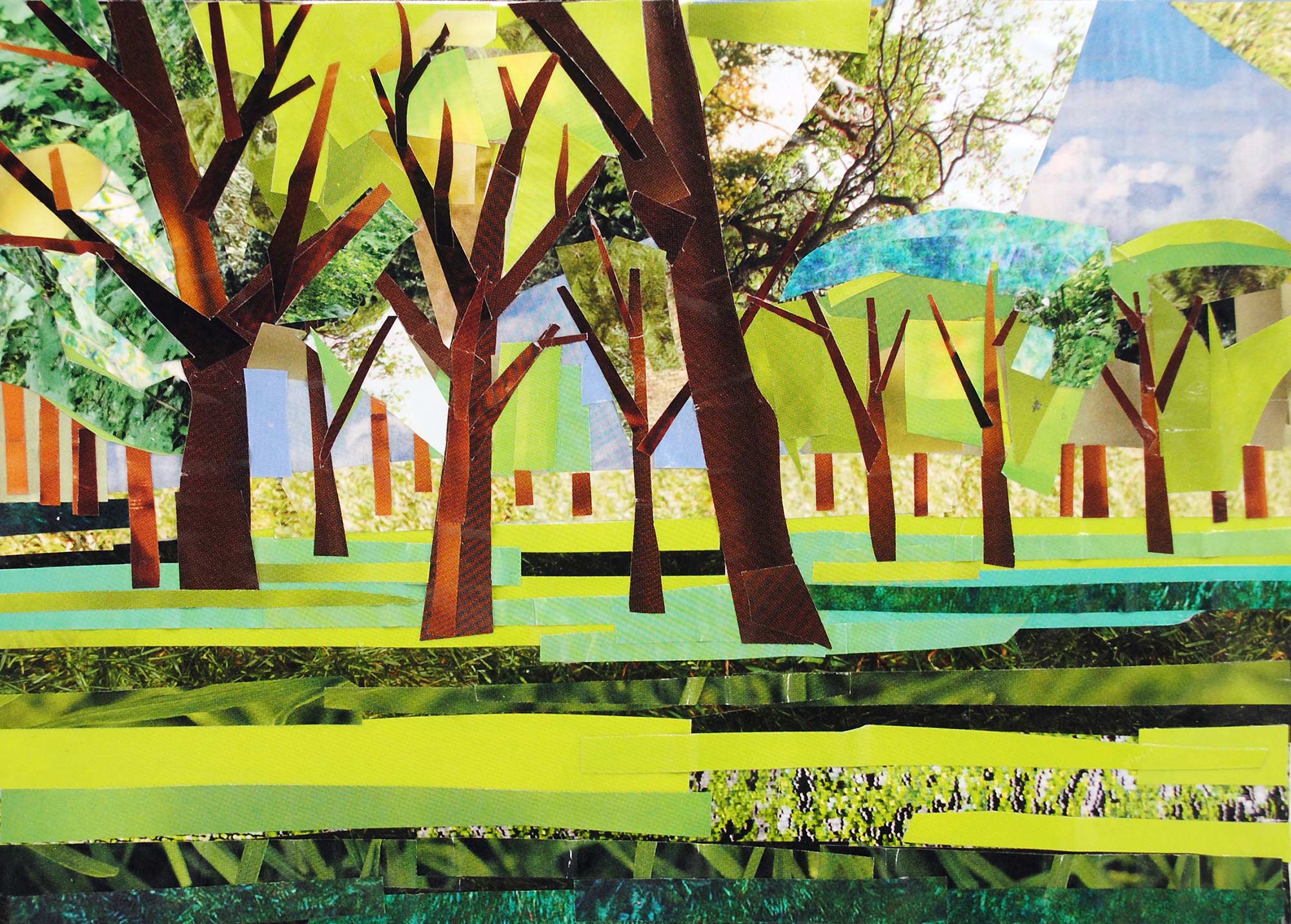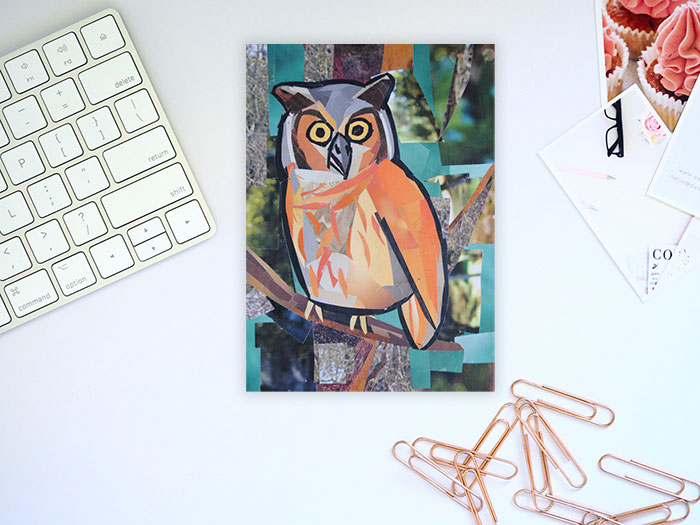Texture is the feel, appearance, or consistency of a surface. Artists use texture to add depth, interest, or balance to different areas of their artwork. Texture can exist as the illusion of different textures (feathers, sand, etc.) or it can exist as actual layers that create a feeling or consistency when touched – such as thick paint applied with a palette knife or layered paper.
Artists use texture for a number of reasons, depending on the vision behind their work. Sometimes texture is used to give the illusion of depth or making a piece seem more realistic — the more detail put into the use of texture (such as the texture of leaves, skin, etc.), the more realistic a work of art can look. Texture can help set up the atmosphere of a scene.
Other times, an artist may use texture to add interest to his or her work. It can be a stylistic choice, where an artist makes use of texture for representational, realistic works of art, or nonrepresentational, abstract works. Use of rough and smooth texture can help craft an artist’s vision.
Related to using texture for adding interest, it can also be used for balancing out compositions. Artists can use texture to help guide a viewer’s eye through a work of art. They can use smooth or rough textures in different areas to either call attention or ignore different aspects of their composition.
Texture is one of the many elements an artist can use to construct a work of art. It’s something that varies from artist to artist, with how he or she chooses to incorporate it. Artists use texture to shape their unique works of art, by using it to add depth, balance, or interest to different area’s of their artwork’s surface.





thanks you helped with a project at school